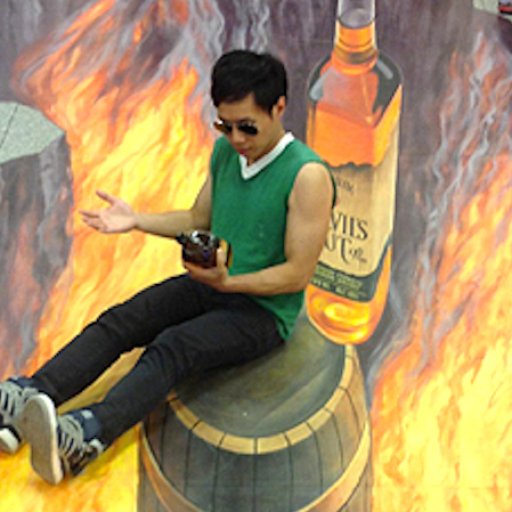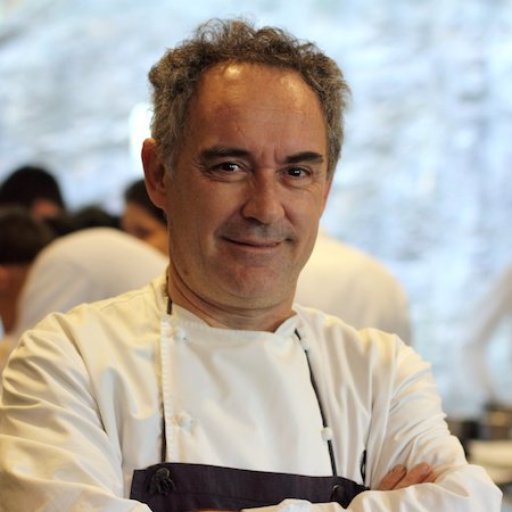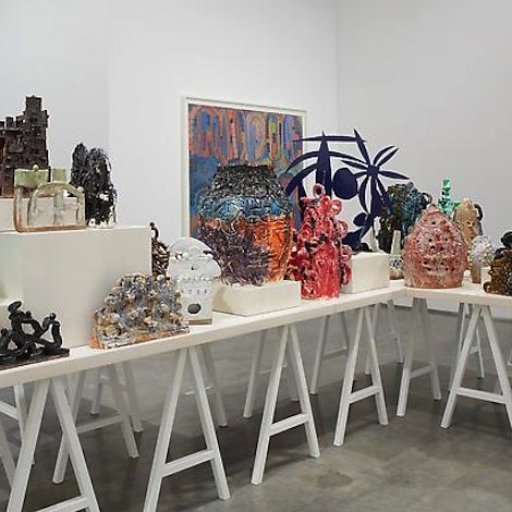Feminist pioneer Eleanor Antin has transformed herself into a kaleidoscopic array of guises over her decades-long career, from a deposed 17th-century king in California to an overlooked black ballerina in New York City. Many of these oddball characters are outsiders, as was Antin as an artist interested in narrative and performance during the high tide of 1970s Conceptual art.
Born in the Bronx in 1935, Antin went on to invent a multitude of selves through her virtuosic mimicry. Now these many Eleanors—who paved the way for contemporary artists like Cindy Sherman and Tamy Ben-Tor—are on display in the retrospective “Multiple Occupancy,” first staged at Columbia University’s Wallach Art Gallery and now at Boston's Institute of Contemporary Art through July 6.
From her home in San Diego, Antin spoke with Artspace about the new show, hustlers in the art world, and the impact of social media on the 21st-century self.
You have said that an artist’s show “is always motivated by a generative metaphor.” What is the metaphor behind “Multiple Occupancies”?
Think of a 19th-century novel: people have problems, they can be confused, but by and large they know who they are. Now think of a 20th-century novel, and that poor guy with problems has even more troubles. He doesn't know who he is anymore. His self is so fragile, it keeps disintegrating. Now the problem is himself. Who the hell is he? Or she? She keeps splitting off into different parts. She's an amalgam of contradictory elements and desires. Now we know that that older, unified self was a bourgeois fiction. The modern self is always threatening to split off into different parts. There's nothing you can do about it. It’s modernism. You only get neurotic or crazy when you fight it and try to force yourself into a size four dress. You won't be able to breathe and the seams will burst. Better to go with the flow. See who comes out. Don't be afraid of him. Have confidence. He won't be Mr. Hyde. Let her expand, live her life, she'll go away when she's ready, or when you're bored with her. Somebody else is knocking at the door. Hey, you haven't seen her in a while. She's changed, she looks older, wiser. Now that’s interesting. What could have happened to change the tilt of her head, deepen her smile? Unless she's crying. Then, take care of her, god damn it. She needs you because she is you.
You’ve said before that the characters you portray gain their own autonomy—that “the work takes you where it wants to go,"—and that you even still look for the name of your favorite character, the ballerina Eleanora Antinova, in the indexes of books on dance. How did you develop your characters so fully and convincingly?
Remember, we don't come out of Zeus's head full blown, like Athena. We each have cultural and family history fraught with possibilities and, probably, dead ends. Each person has to discover these predispositions, these spirits, if you like, that are hiding inside him and then sculpt and clothe them as they begin to raise their heads and look around. It’s a seduction process as well as a series of arguments and surprises. At first, my ballerina was an iconic ballerina. She didn't have a name or a history. Then, when I became a black movie star, she had to become black because she was my role. That’s when she began to develop a history, a name, a set of desires, adventures, misfortunes, lovers, enemies. Since she is born and exists as an artwork—many artworks—her history takes on a reality based on memory and images and stories and performances. She exists for me, so why shouldn't she exist for Diaghilev and Olga Tchernicheva, when I know how she interacted with them in full-blown narratives? So I take a peek at the index of that fat book on Diaghilev. The bastard! He didn't remember her or his biographer was a racist or the editor wanted to cut the book—too many pages.
What’s it like to encounter these images that were made at the beginning of your career? Are these characters still real to you today, four decades later? Do you ever revisit them?
This may sound contradictory to what I said before, but different questions require different answers. There's no such thing as a single truth. As Walt Whitman said, "I contain multitudes." Antinova was the most fully-realized of my selves, even though there's a large space between us now. Sometimes it feels like a moat. But I'm writing her memoir—true, her whole life is a memoir—but this is a book memoir: An Artist's Life as told by Eleanora Antinova to Eleanor Antin. The king, the two nurses, they're all my children, but they were contained by their ideas. They're art now, framed, polished, closed. They don't need me anymore. But Antinova was my artist-self, and for artists, it’s never enough. What if the world forgets her and her ballets? I have to remind them that she was there. That they should put her into their indexes. But after the book, I won't visit her anymore. I have other works waiting for me.
Much of your work is a feminist exploration of identity, defying, as you said, the “tyrannical limitations” of sex, age, and talent. Identity politics, however, have shifted in the age of social media, with more opportunities to experiment and break molds through online avatars. Do you think viewers engage with the works in different ways now than they did when they originally were made?
How can one even talk about the contemporary any more when everything coexists at the same time? Maybe that’s what it means to be contemporary—the noise of everything bumping up against itself. Look it up on Google, go to Wikipedia: everything and nothing is there, at the click of a mouse. Take this further, back to my idea of the modern as the slippery self. Is it possible that in the 21st century there are no selves, at all, anymore? That a so-called contemporary self doesn’t exist? That there’s so much noise we have an emptiness, a void at the heart of the world, so everybody is desperately looking for their missing selves all over social media? "Hey, that’s me in that pic on Facebook. Or is it? Here, I’ll snap another one. Yikes!" I remember reading about some 10-year-old kid who found his father’s gun and went bang bang and killed his friend. “Why didn’t he get up,” the kid wailed. “He’s supposed to get up.” So maybe we’ve even killed death. (Except for that moment when we don’t get up.)
Like your ballerina character Antinova, who worked against the constraints of a traditional art form, you worked against the rigidity of Conceptual art, which you experienced as a "boys' club." Today do you still feel like an outsider in the art world?
I always feel like an outsider in the art world. Ask Manet what he thought of the art world—he’d have a tale to tell. No artist likes the art world or the outsiders who are screwing it up… the collectors, the dealers, the hustlers, the social climbers. They’re such bores, but as an artist it’s the only world I have, and it sucks.
In this show, the presentation of your work is especially funny, with a heightened sense of the theatrical and the absurd. Could you talk about humor in your work?
I was brought up by Communists, so I learned early about injustice and betrayal. I’m an American, so I learned early about deceit and inequality. But look, it could have been worse. I have a driver’s license and I don’t have to wear a burka. I don’t have to pray to a god I don’t believe in and I get a good pension from the University of California at San Diego, where I taught for almost 30 years. Sometimes I even sell art. I’m Jewish, so I can laugh and cry at the same time. Sometimes, I laugh more than I cry. But sometimes even I have to close my eyes in disgust at the cruelty and stupidity of the world.



























